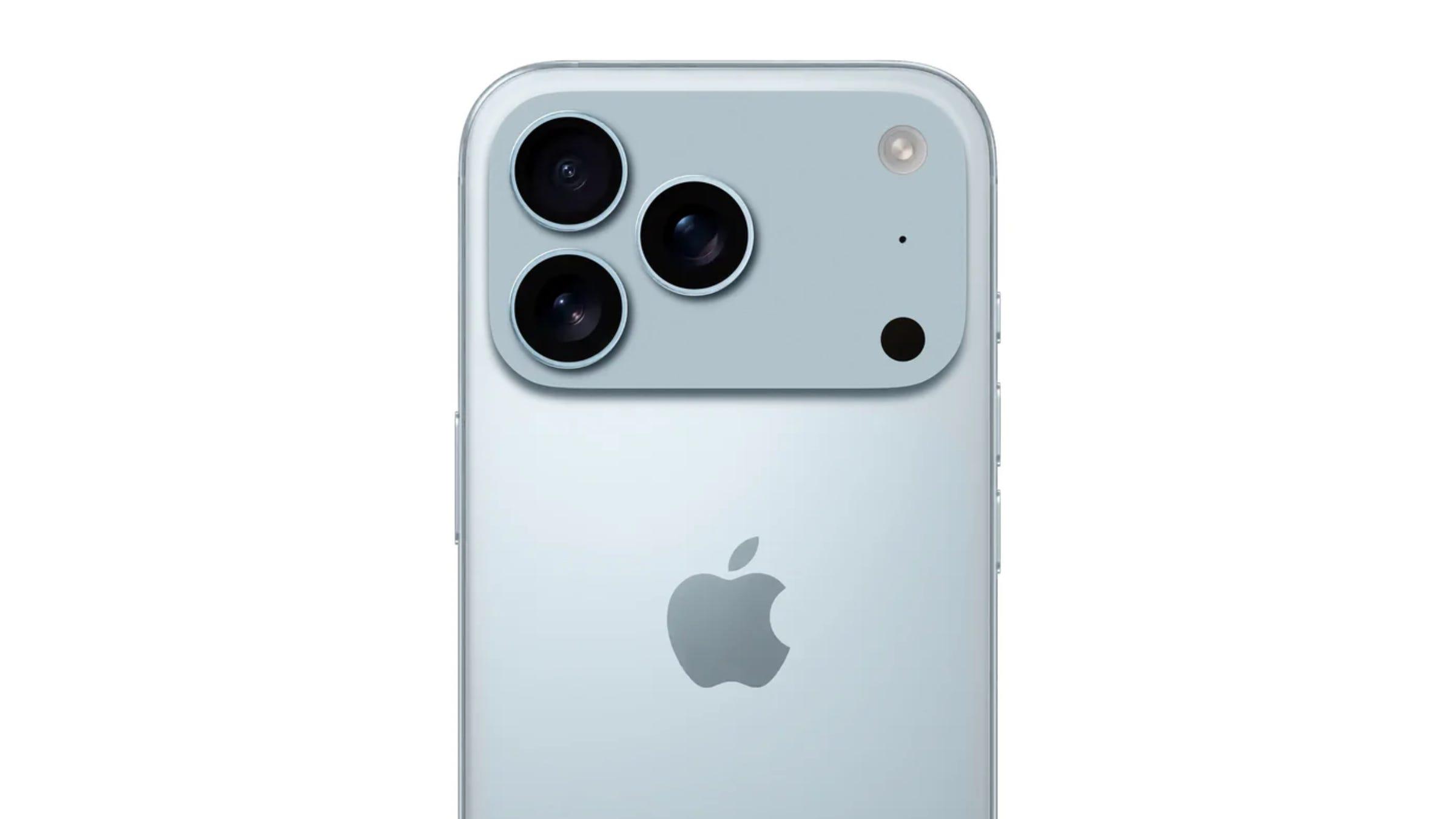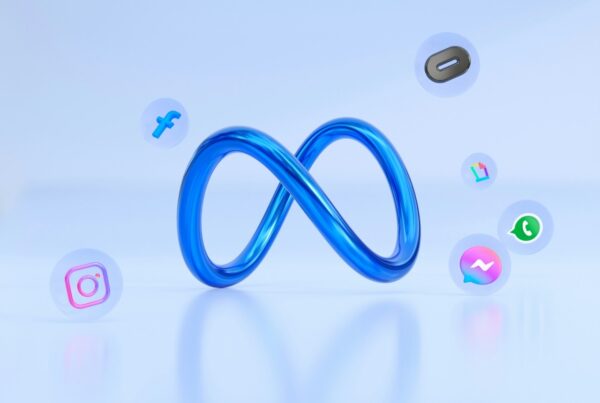Apple once again drew global attention after releasing the iPhone 17. Instead of receiving a wave of positive responses, the device has sparked strong criticism from users worldwide. Complaints range from the new two-tone design, which many find unattractive, to the price increase, limited color options, and doubts over battery longevity. This situation shows that even though Apple remains one of the most influential tech giants, its design choices with the iPhone 17 have not fully aligned with market expectations.
Public reaction is clearly visible in various tech forums. Many describe the new horizontal camera bump stretching across the top as “strange” and “aesthetically disturbing.” Harsh comments appeared on Reddit, with users calling it an “abomination” and “the worst design Apple has ever released.” Critics argue that the redesign feels forced, intended only to distinguish the device from previous models, while many long-time users prefer the iconic consistency of earlier generations.
Disappointment does not stop at design. The iPhone 17 Pro is sold without a black color option, which many loyal Apple fans consider a major loss. Instead, colors are limited to silver, cosmic orange, and deep blue. For users accustomed to the elegant look of black devices, this absence feels restrictive. Technology media outlets like Tom’s Guide also highlighted Apple’s decision to limit color options for its premium series.
Price has become another source of backlash. The iPhone 17 Pro is around one hundred US dollars more expensive than its predecessor. While the base storage now starts at 256 gigabytes, users still view this as an unfair strategy. Previous generations offered a 128 gigabyte variant at a lower price. Consumers who only need moderate storage capacity are now forced to spend more for features they do not necessarily require.
Criticism grew sharper when Apple introduced the iPhone 17 Air. Marketed as the thinnest iPhone ever at about 5.5 millimeters, its ultra-slim design immediately raised concerns. Analysts point out that the new silicon-carbon battery used to achieve this thin profile has a shorter life cycle, only about one thousand charge cycles compared to up to five thousand for traditional lithium batteries. Experts warn that these batteries could expand faster and reduce the device’s lifespan. Wired emphasized that this innovation might create long-term problems rather than benefits.
Another controversial change is Apple’s return to aluminum frames in the Pro models. After promoting titanium in the iPhone 15 Pro as a premium material, moving back to aluminum feels like a downgrade. While aluminum does make the device lighter and improves heat dissipation, many users believe it undermines the premium perception of the Pro lineup. Times of India reported that the switch back to aluminum is widely seen as a step backwards in terms of branding.
Despite widespread criticism, the iPhone 17 still recorded strong initial sales. This shows the undeniable strength of Apple’s ecosystem, which keeps many buyers loyal despite dissatisfaction. However, the negative sentiment spreading across forums and media serves as a serious warning. If Apple fails to listen to its customers, the long-term risk is declining consumer loyalty and growing skepticism.
In summary, the iPhone 17 illustrates that innovation is not always welcomed. Its bold design, higher price point, and material changes have triggered heated debates. Market reactions reveal that Apple must find a better balance between innovation and user comfort. The strong criticism surrounding this release could serve as a valuable lesson for the company to align future devices more closely with consumer expectations.
The conclusion is clear. Apple succeeded in creating something different, but user reactions show significant dissatisfaction. For readers interested in understanding more about smartphone evolution and the challenges Apple faces, make sure to read related articles on Olam News covering global smartphone trends.
Discover more from Olam News
Subscribe to get the latest posts sent to your email.






